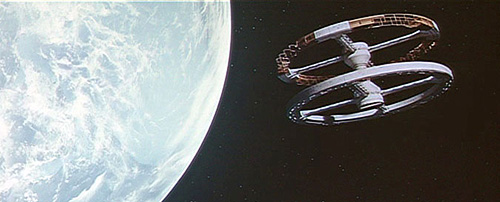
Two rings around a central core, two spoked wheels around a central axle, the international space station is one of the most recognizable designs that came out of 2001: A Space Odyssey. In high Earth orbit, the station served the sciences as an orbiting laboratory and observation post as well as a jumping-off point for exploration and research on the moon and elsewhere in the solar system.
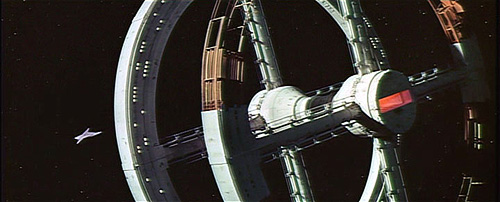
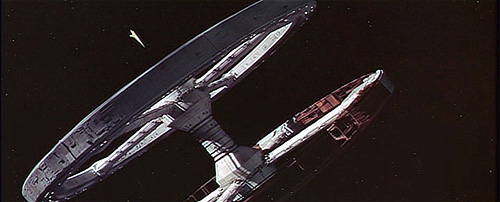
Stanley Kubrick’s vision was that a large part of the station would be used much like any conventional airport, where travelers heading “up” or “down” would mingle and handle their last-minute travel issues before continuing to their destinations, be their next stop a lunar colony or some terrestrial vacation spot. In this, their activities were recognizable and easily identified by any traveler today. They passed through security checkpoints, communicated with family, and prepared for the next leg of their journey.
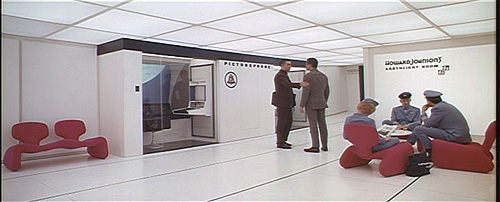
Like any other international traveler, Heyward Floyd, although a key director in the US space program, still had to verify his identity before he could move about the space station. In 2001: A Space Odyssey, orbital travel was commonplace enough to require levels of precaution seen today in modern airports.
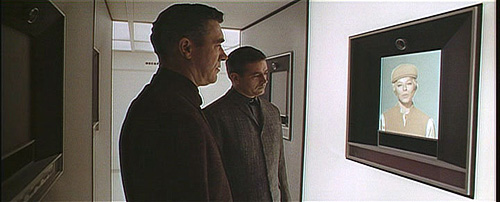
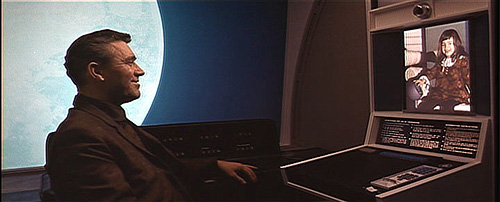
Among the likely and instantly recognizable technologies the future would hold, Kubrick imagined that travelers of the future would communicate via video phones. These vid-phones, while futuristic to the audience, were treated as commonplace and everyday elements of their lives – just like phone booths which, indeed, they were.
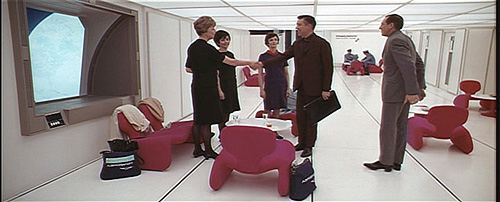
And that every-day acceptance only highlighted the wonderment of the future this film presented.